The iPhone 6 Plus Mini-Review: Apple's First Phablet
by Joshua Ho on September 30, 2014 8:00 AM EST- Posted in
- Smartphones
- Apple
- Mobile
- iOS
- iPhone 6 Plus
Display
While the iPhone 6 Plus’ display is largely similar to the iPhone 6’s display, there are still a few areas worth talking about. The first area is resolution, which is noticeably better on the iPhone 6 Plus on close examination. In general, there’s less aliasing that is visible on the display. While text rendering in general is even better, the improved resolution is most obvious in the rotation lock symbol, which is noticeably smoother and rounder. The use of the 2208x1242 resolution with downscaling should also have a similar effect to FSAA (Full Screen Anti-Aliasing), which will reduce the effects of aliasing on the display.
Outside of simple resolution testing, we also need to test all other aspects of the display. In order to do this, we turn to SpectraCal’s CalMAN 5 with a custom workflow. As always, we use a spectrophotometer to measure color to ensure accurate results. For this review, I won’t go over viewing angles as that’s covered in the iPhone 6 review.
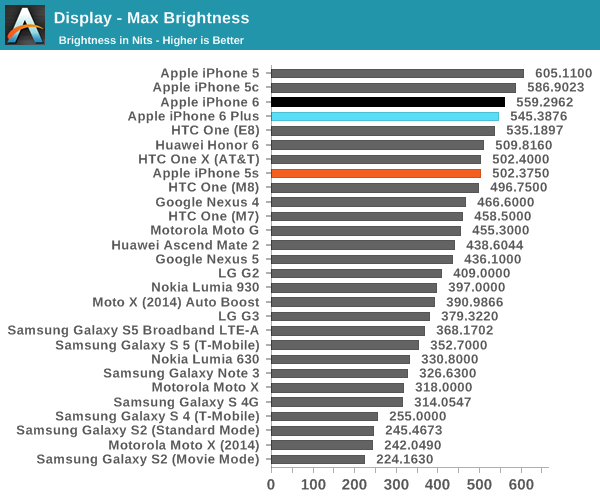
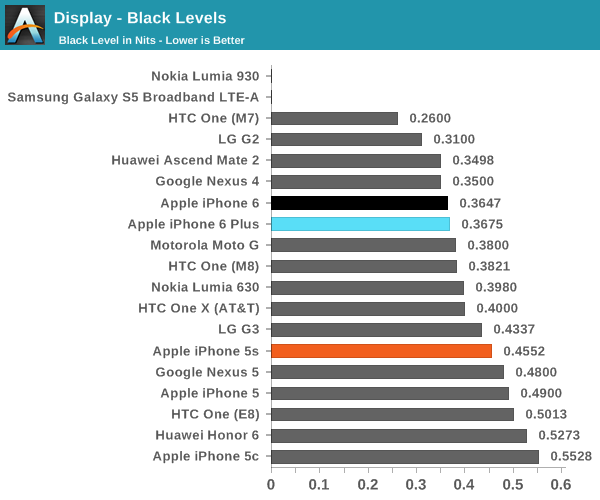
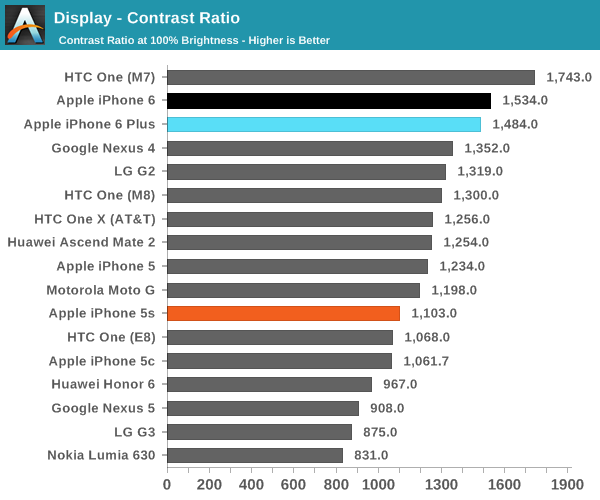
Our first test is of peak luminance and contrast. At maximum, the contrast difference between the iPhone 6 and 6 Plus is relatively small, and the difference in peak luminance is relatively small as well. I suspect that this means that Apple isn’t quite at the point where backlight luminous efficiency is rapidly falling off the way it seems to at 500+ PPI RGB LCD displays.

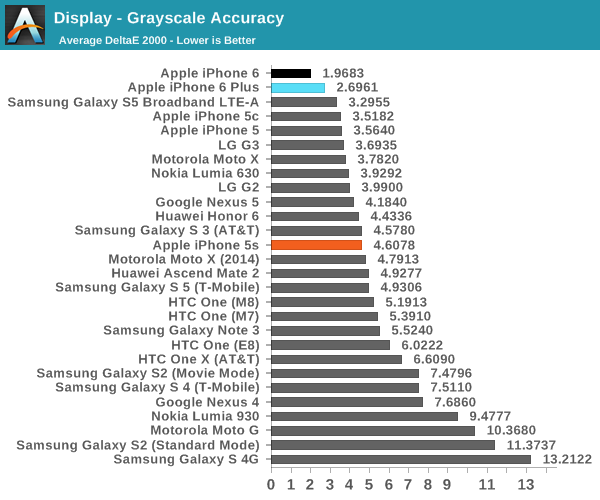
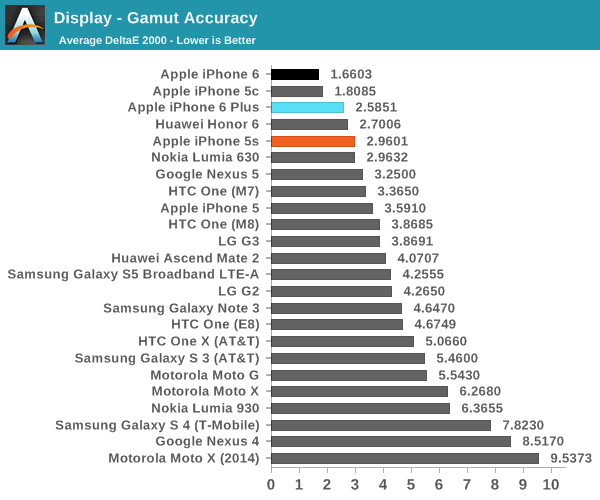
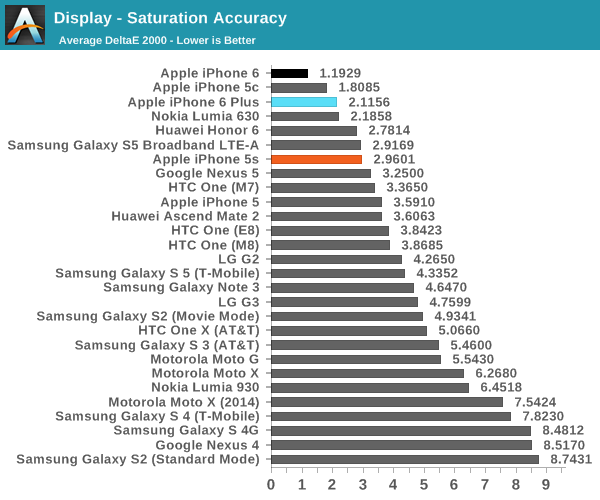
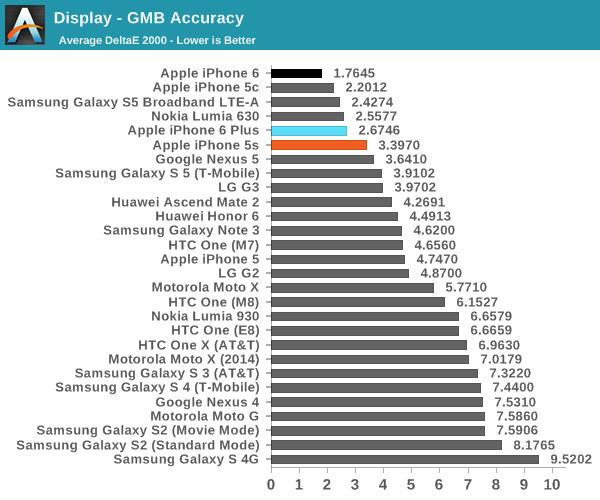
While I normally walk through each type of calibration test, there’s relatively little need in this case as the iPhone 6 Plus is close to the iPhone 6. There are some differences and the iPhone 6 is nearly perfect while the 6 Plus ends up being better than the 5s but not quite at the same level as the 6. I suspect this could be due to production variance, but these are different panels so without additional test units we can't say for certain. The iPhone 6 Plus display is quite close to the iPhone 6’s display in most regards, only larger; this is effectively as good as it gets for an LCD display.
Camera
Ultimately the change to the camera is the one difference that really sets the iPhone 6 and 6 Plus apart outside of the change in size. This one difference is optical image stabilization, or OIS. However, at first it's almost impossible to tell whether OIS is active. As someone who has used multiple cameras with OIS, this is a very odd sensation. Normally, OIS means that it's possible to see the effect of reverse accommodation in either the camera preview or while recording video, but I never saw these effects while recording video, whether in daytime or at night. In fact, I'm not even sure that video is ever optically stabilized, as seen in the videos below. I'm not sure why Apple chose to do this, as video recording is already cropped and would hide most of the odd effects that occur at the edges of the field of view when using OIS.
Putting aside OIS in video, it's obvious that the one area where OIS would be put to use is low light photography. Examining the EXIF data of low light photos, I was rather surprised to discover that in single shot mode (burst mode caps shutter speed to 1/15s) that the iPhone 6 Plus never exceeds 500 ISO. However, in order to keep pace with the iPhone 6's maximum of 2000 ISO and 1/15s exposure time, the iPhone 6 Plus drives exposure time as far as a quarter of a second, which is four times as long.
I really can't emphasize how incredible it is that Apple has pulled this off as it felt like something was wrong when I was testing low light photos as seen below. Normally, such a long exposure time entails noticeable trade-offs, but as far as I can tell motion blur is close to what I see on the iPhone 6 in low light. This seems to be the product of the multiple exposure combination that was mentioned in the keynote, and it really does work as advertised. While some benefit can be seen in the lightbox shot above, it's really in low light conditions like the photo below where we see significant benefits.
As you might expect, there's not much difference in daytime photos. I'm guessing that OIS is disabled above a certain shutter speed in order to reduce the distortion and blurriness that can come from OIS.


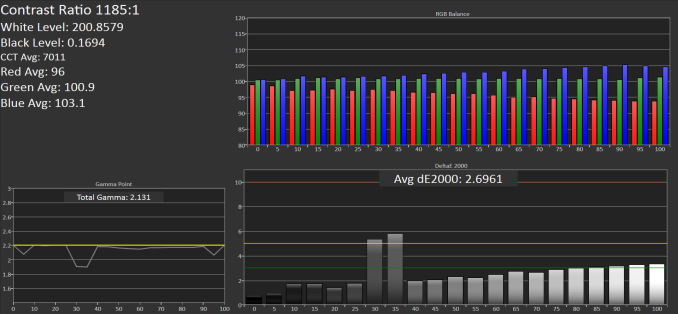
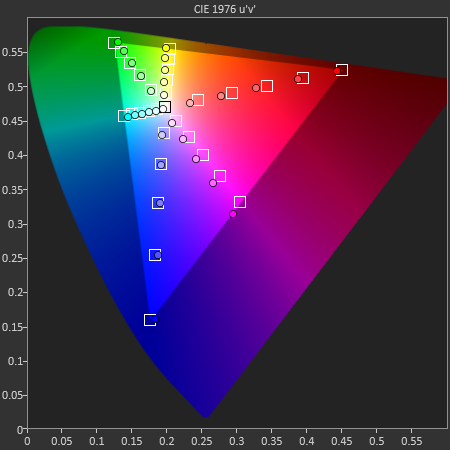
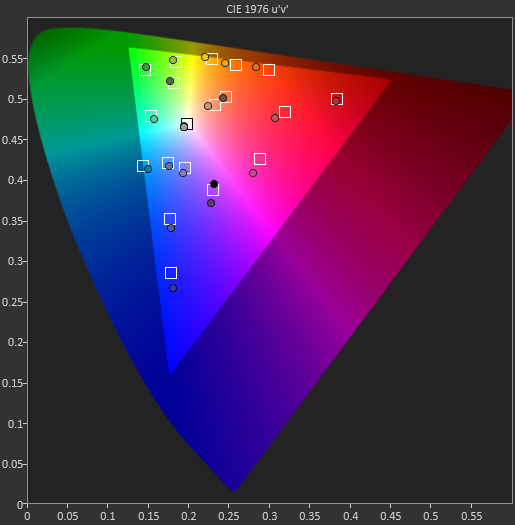






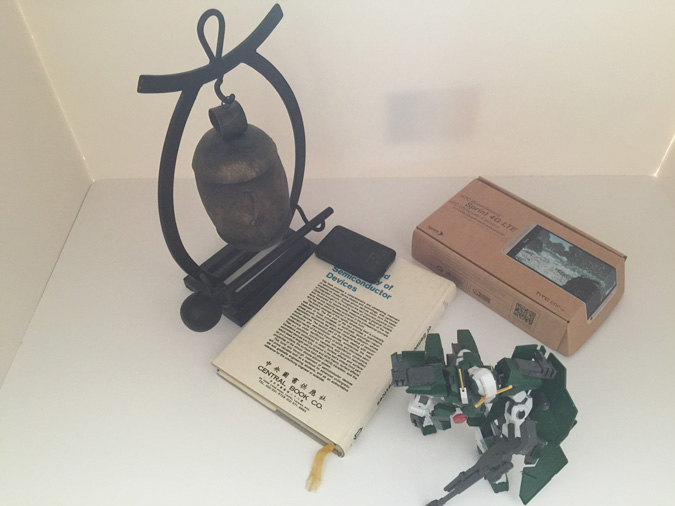






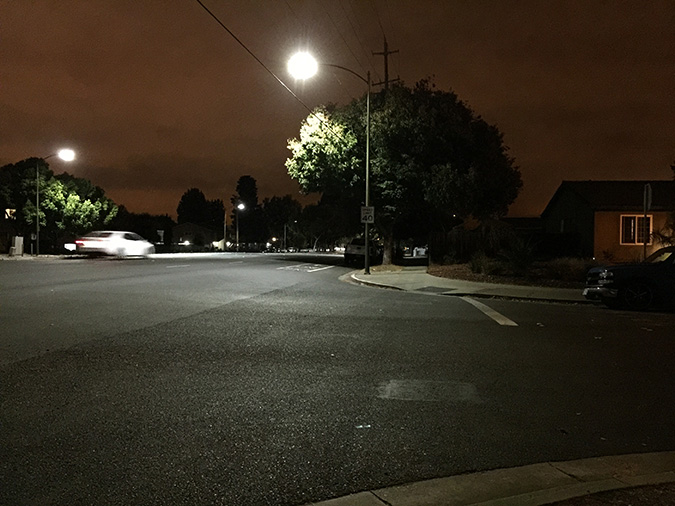






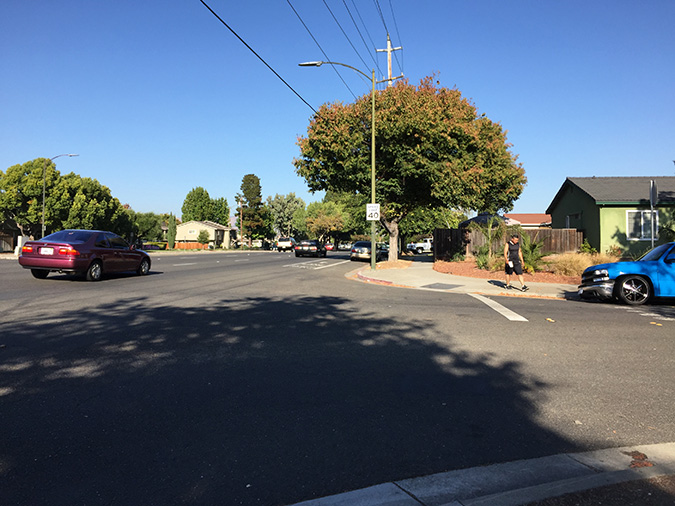








191 Comments
View All Comments
lilo777 - Tuesday, September 30, 2014 - link
When posting so many claims ("Androids are just lower quality iPhones" etc.) try to provide some proof otherwise you are just demonstrating that you are an insecure Apple fanboy.Narg - Wednesday, October 1, 2014 - link
There is so much proof to his statement on the web, why don't you Google it instead of being lazy?flutberf - Wednesday, October 1, 2014 - link
I own a Sony Xperia Z1s. Here are the things it has over the iPhone 6 right now:- Waterproofing
- 1080p screen
- Android 4.4 (it might seem foreign to you, but I like android more than iOS)
- 5" screen (Perfect compromise between the 6 and 6+)
- Superior build quality
There are reasons to buy an Android that an iPhone cannot match.
mactricity - Tuesday, September 30, 2014 - link
I think you both project and protest too much. Obviously, you envy the walled garden since you are so dismissive of it. Does Apple copy? Sure. Does Android copy? Sure (see: TouchID and Siri). You have something like 1000 words about displays. If the phone were just a display for watching things, then yes, it means a lot. But I have a TV for a reason. My phone is not my TV. Will my movies look as good on an iPhone 6 as the latest Android? Maybe not. Is the resolution better? Not in some cases. The point is that my phone is not my main media consumption device.I prefer the ease of use of the software and hardware marriage that Apple pulls off. My stuff works. Is the software as customizable as Android? No. But I don't suffer from the rash of spyware and malware that Android suffers from. We could talk about the NSA, but then you live in a glass house.
Putting Latin at the end does not make you smarter nor your opinion more valid.
twtech - Wednesday, October 1, 2014 - link
Whatever works for you. But if you stick to Google Play for your apps, you're not going to end up with a bunch of malware on your device. I've never had any malware on any of mine in the past 5+ years.The biggest can't-live-without Android customization feature for me? The keyboard. I can type fast enough using the Messagease onscreen keyboard to be able to comfortably make posts like this one without feeling frustrated by the slowness (approx 35 wpm).
The default keyboards (unchangeable on iOS) are a small virtual emulation of a physical keyboard originally designed for use with a mechanical typewriter. Messagease - despite the somewhat dorky name - is designed from the ground up as a keyboard for touchscreens.
Taloverae - Wednesday, October 1, 2014 - link
I like opinions; everyone's entitled to their own, of course. Being factually correct, is another matter.iOS 8 supports third party keyboards, at the discretion of whatever developer bothers to code it.
teng029 - Tuesday, September 30, 2014 - link
I've always wondered why some people spend so much time and energy to prove how much they hate a product. Frankly, no one cares about your rant in the end. People will still buy what they want, whether if it's made by Apple or Samsung, or whoever. Apple will still make their money whether you bash their products or not as will other manufacturers.Here's a tip that will save you time and energy in the future; if you don't like Apple's product, don't buy it. It's a novel concept, I realize, but it actually does work..
Cygni - Tuesday, September 30, 2014 - link
People getting mad about telephones...Nice shitty copy/paste that nobody is going to read, by the way.
SpacePants - Tuesday, September 30, 2014 - link
You should probably consider seeking professional help. It's not healthy to obsess over things that cause you so much distress and negative feelings. I can imagine you reading this article filling up with weird rage at the benchmark results and then unloading your feelings of inadequacy in this comment. I'm not saying this to be rude or make fun of you but just to maybe help you confront the problem. Sometimes people don't realize they need help unless others show some concern about odd behaviors that the person may have come to believe are normal. To that point my comment is not only directed at you but all the folks who might be reading this that have such intensely strong negative obsessions about technology products. This is not normal. It's often a result of a person choosing some random thing to (mis)direct their emotional problems at. Its a coping mechanism to avoid dealing with the real emotional issues. If this sounds familiar to you please seek professional help before it consumes you to the point where we hear about you killing a bunch of people at an Apple store because you're just so outraged over a new SoC that you snap.bji - Wednesday, October 1, 2014 - link
Spot on. Seriously. Like everyone else, I didn't even bother reading the full rant, only the first few sentences, but I agree, the guy needs some help.